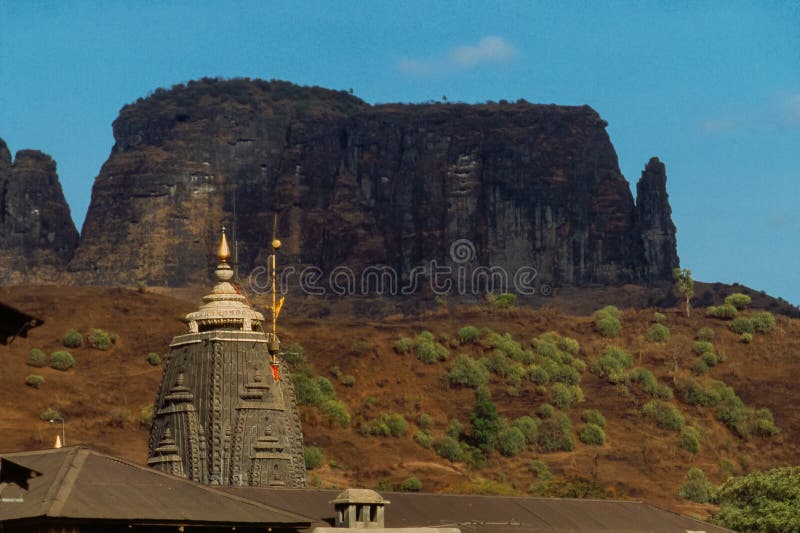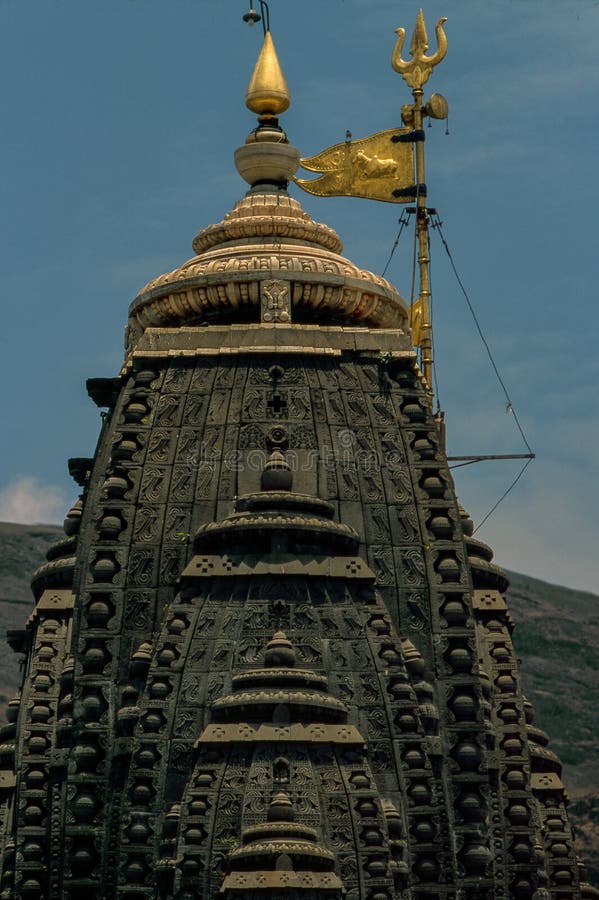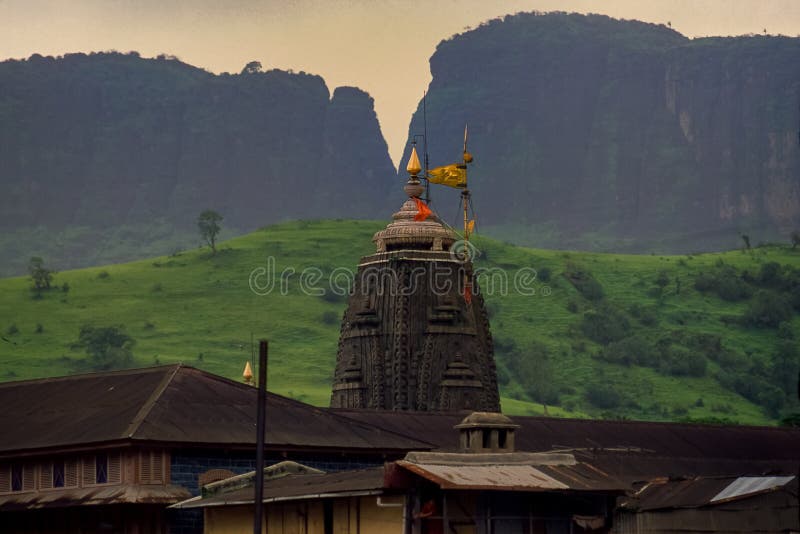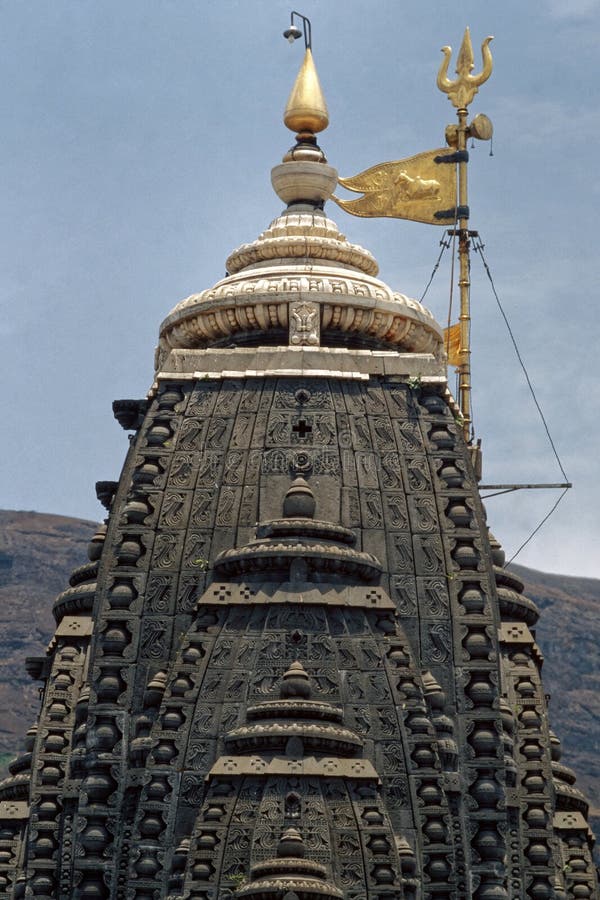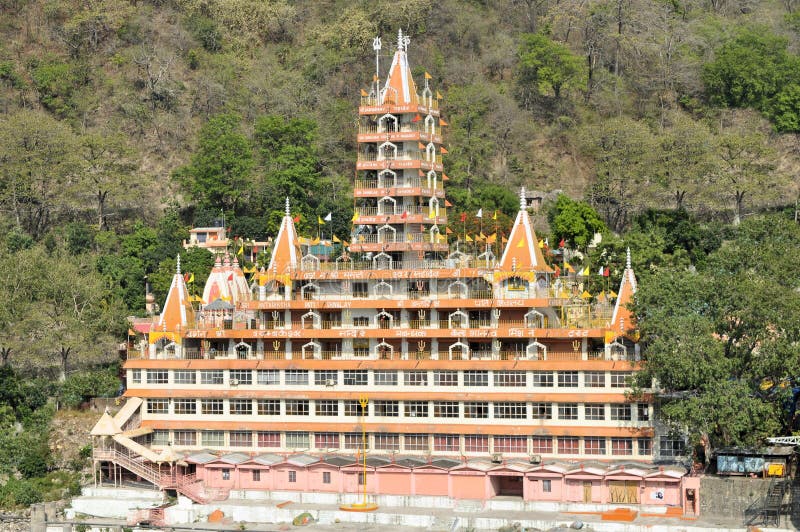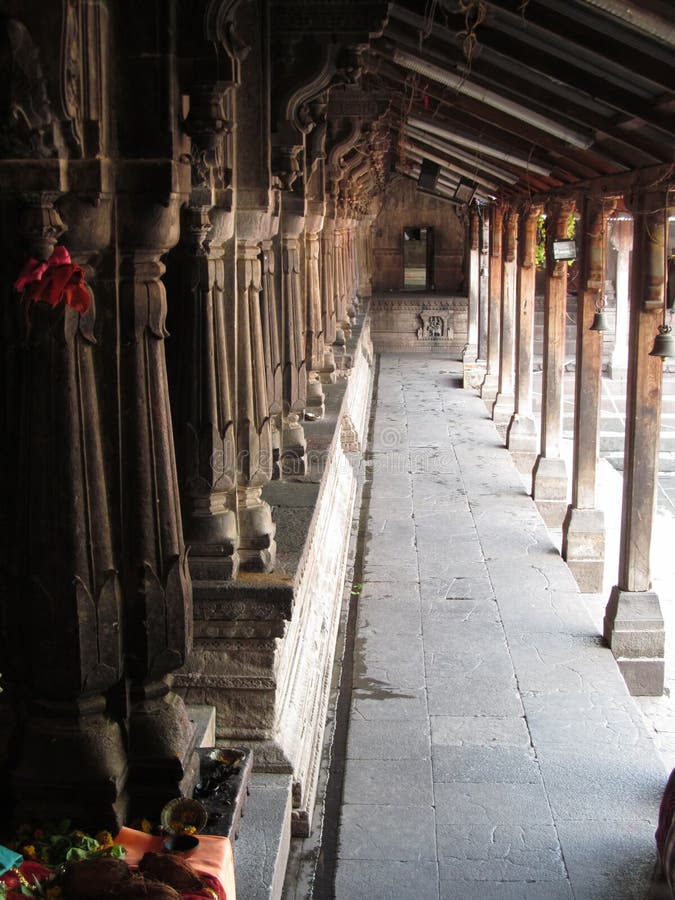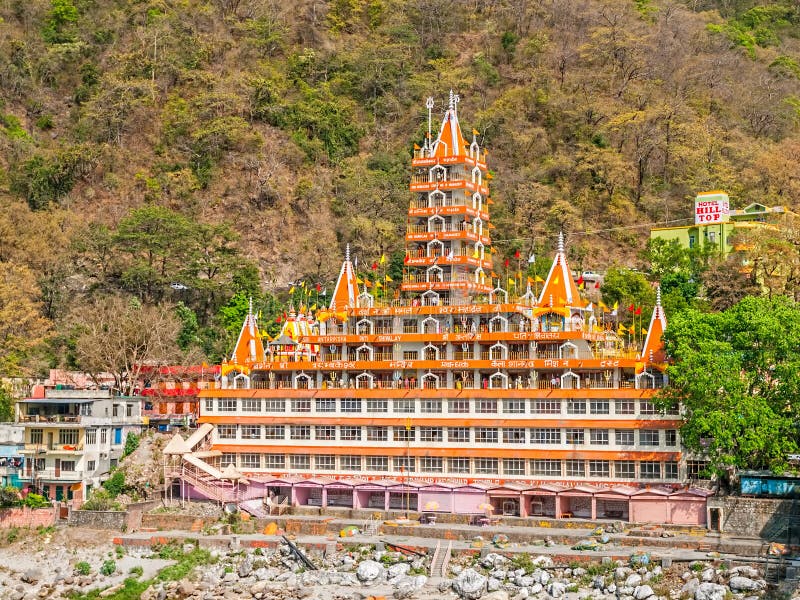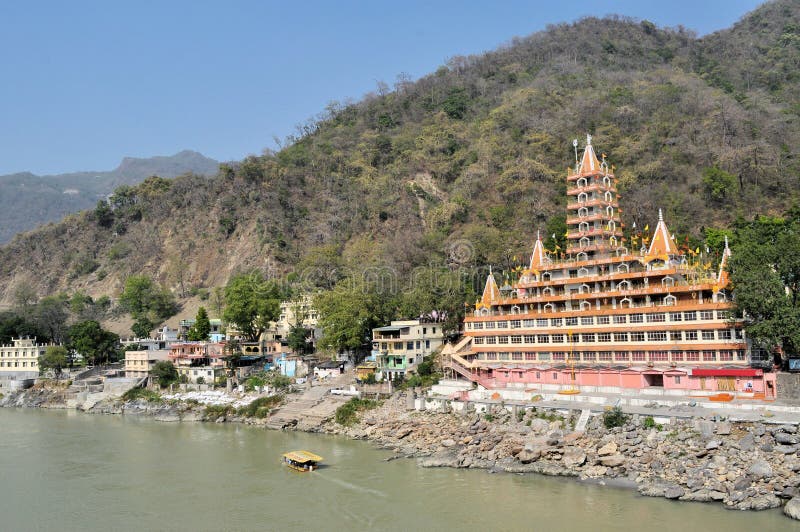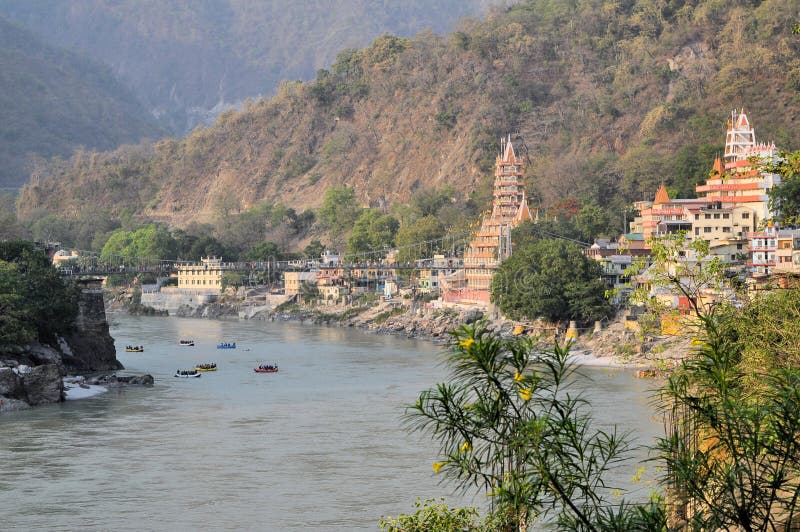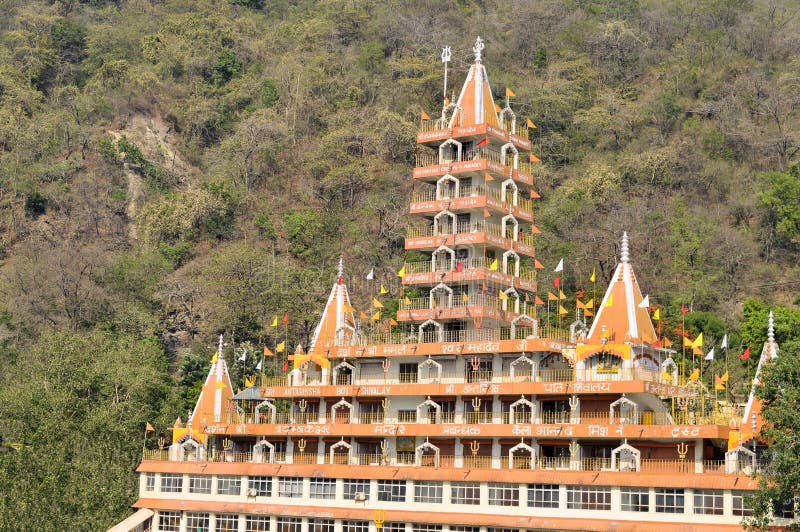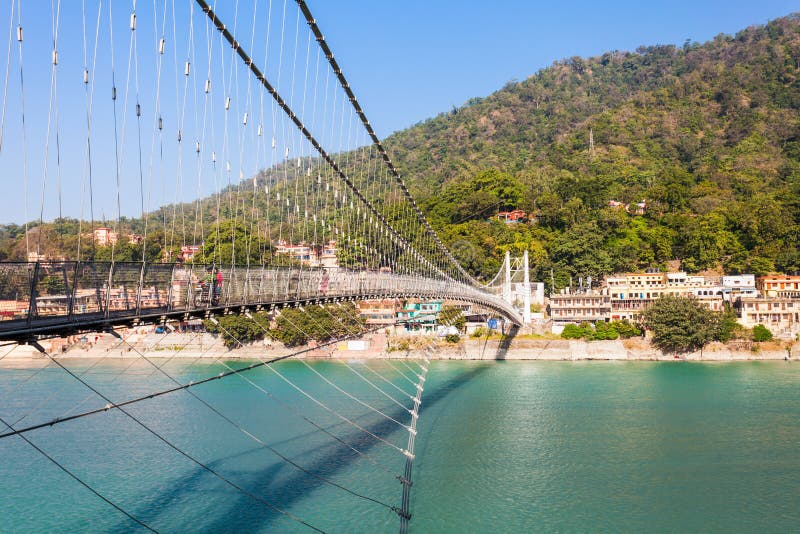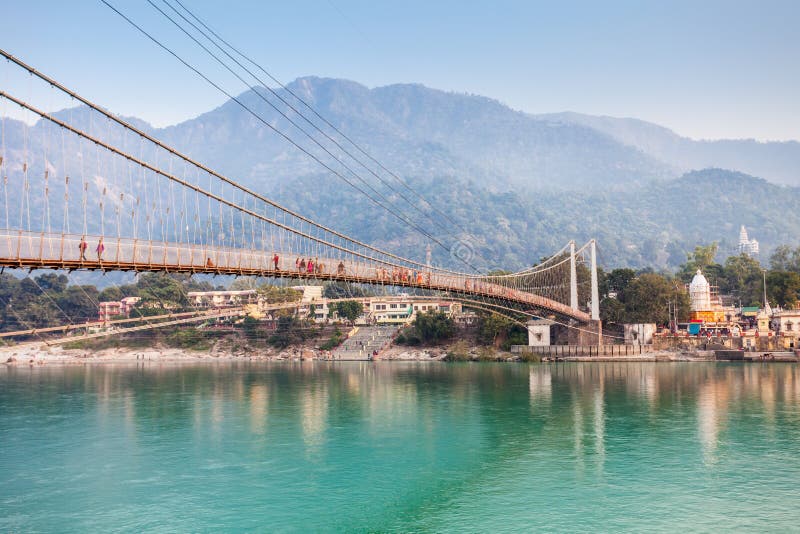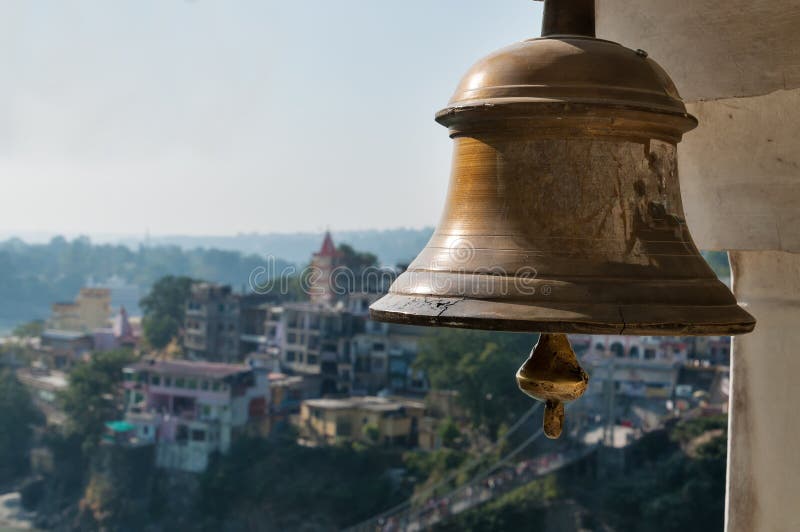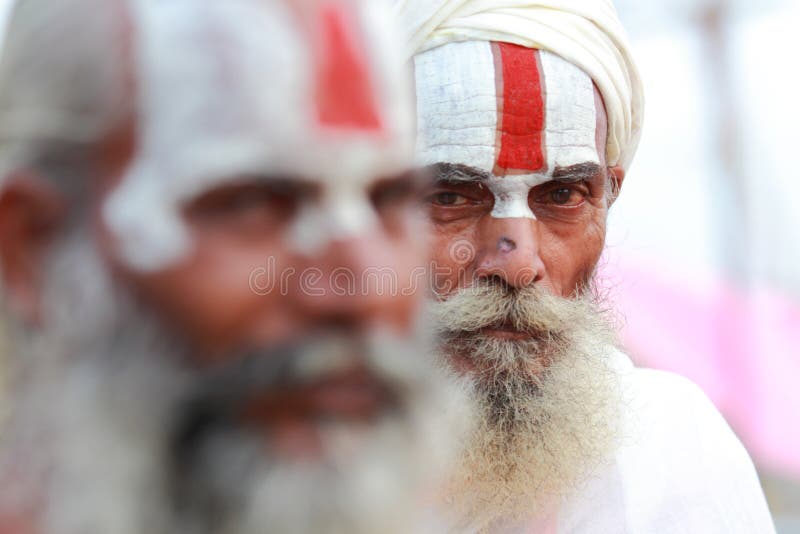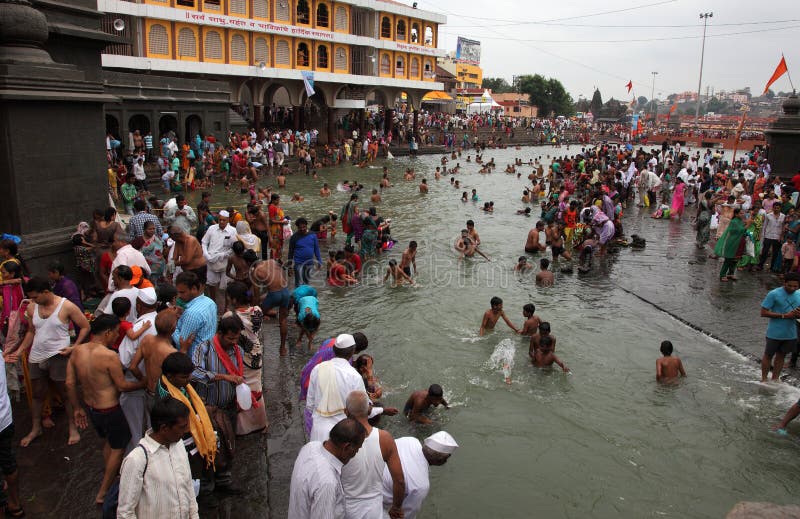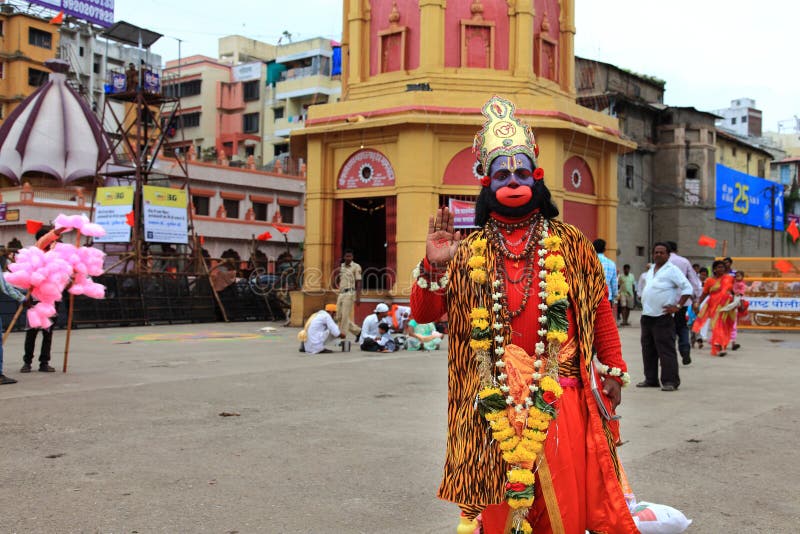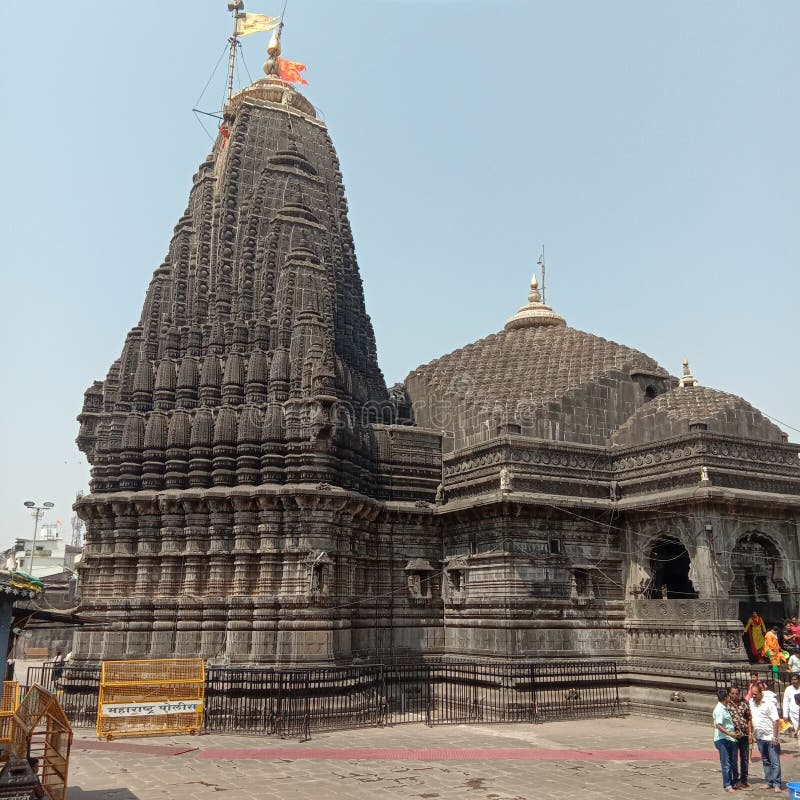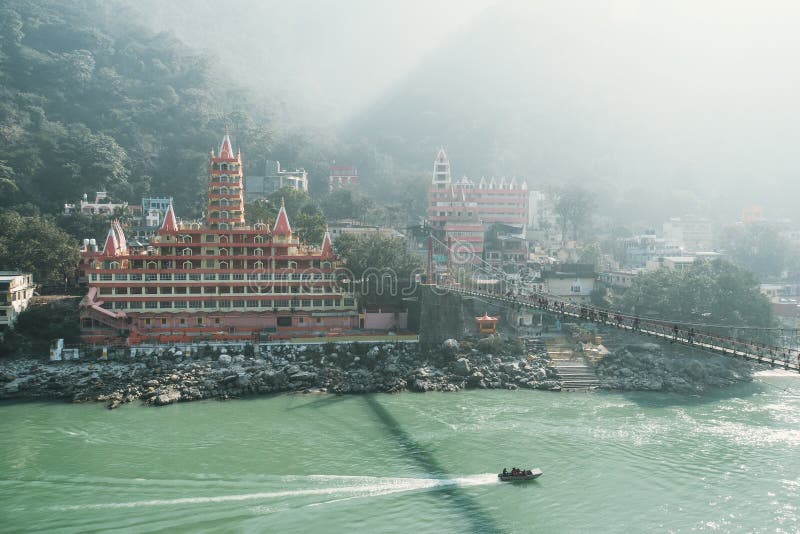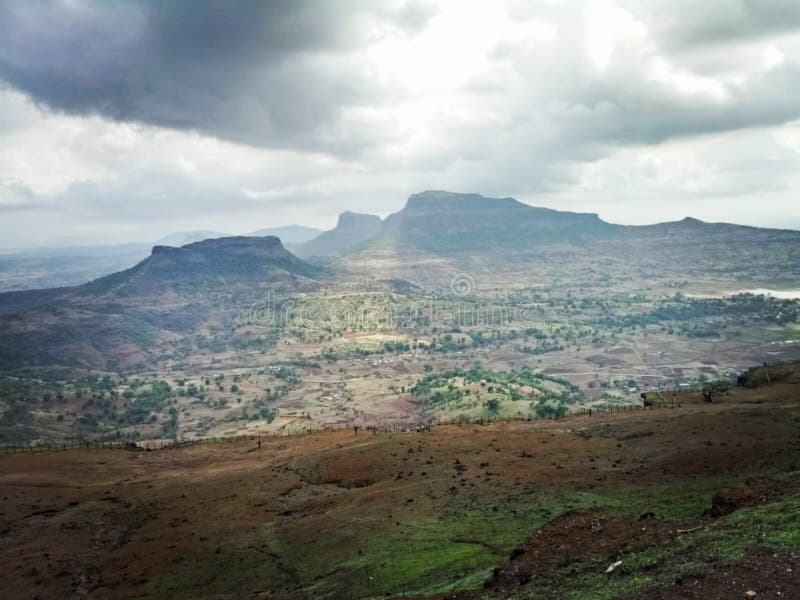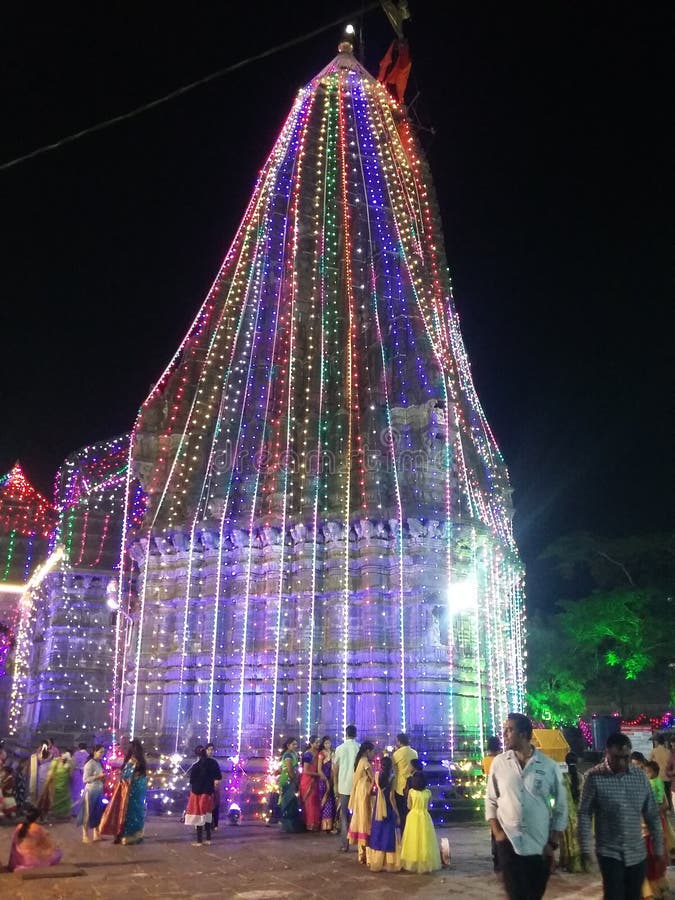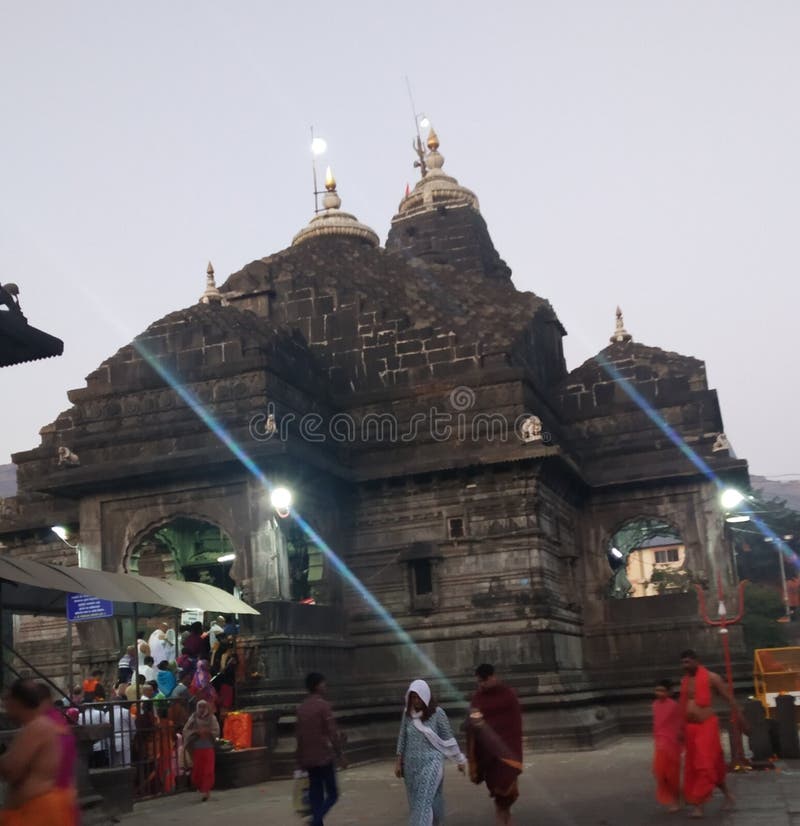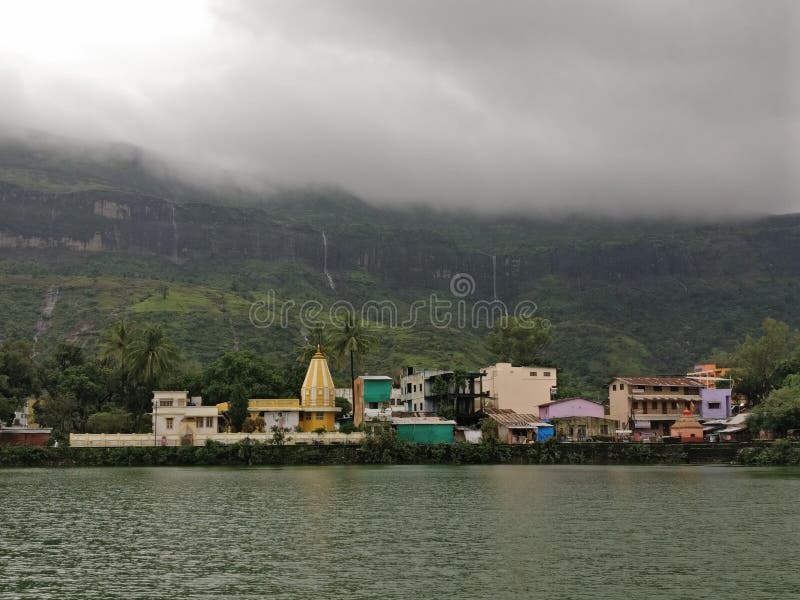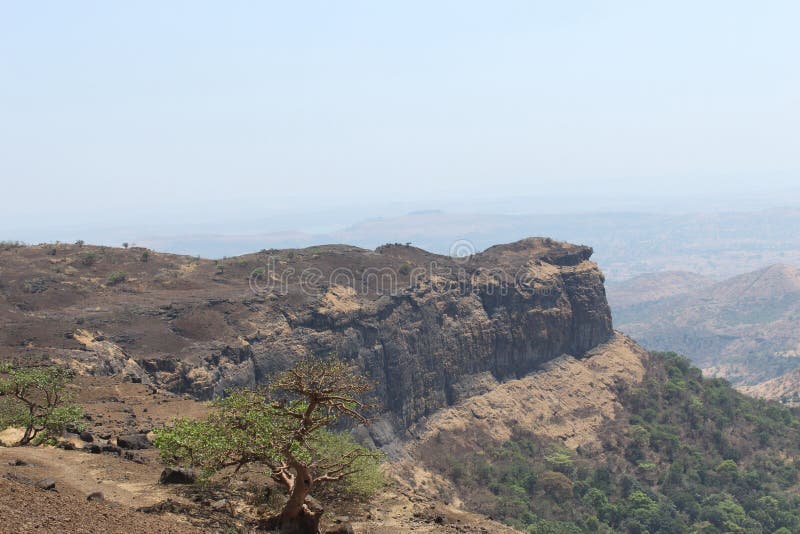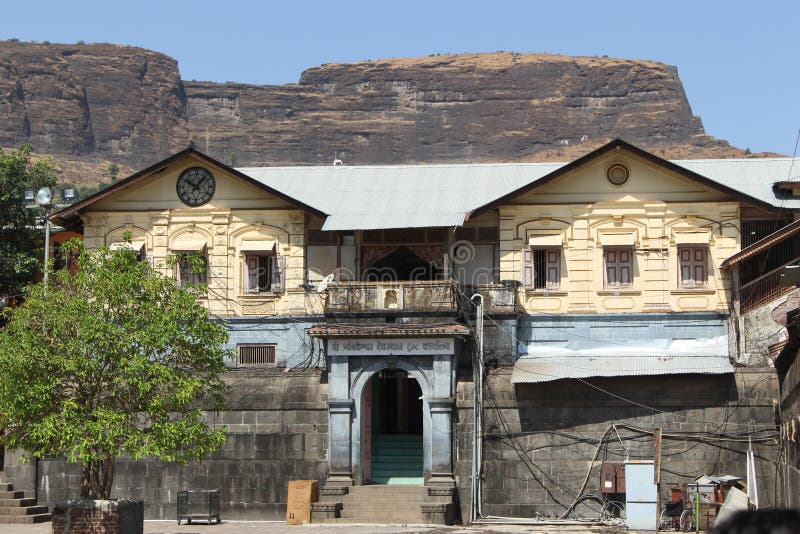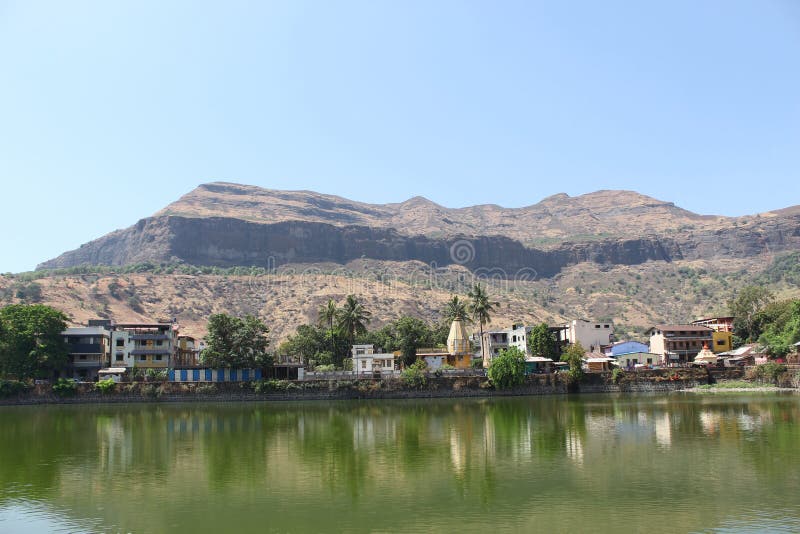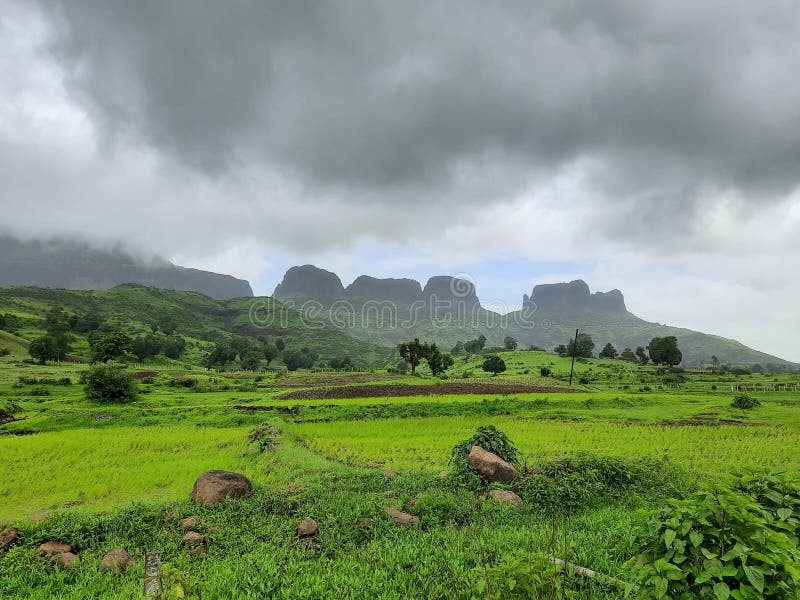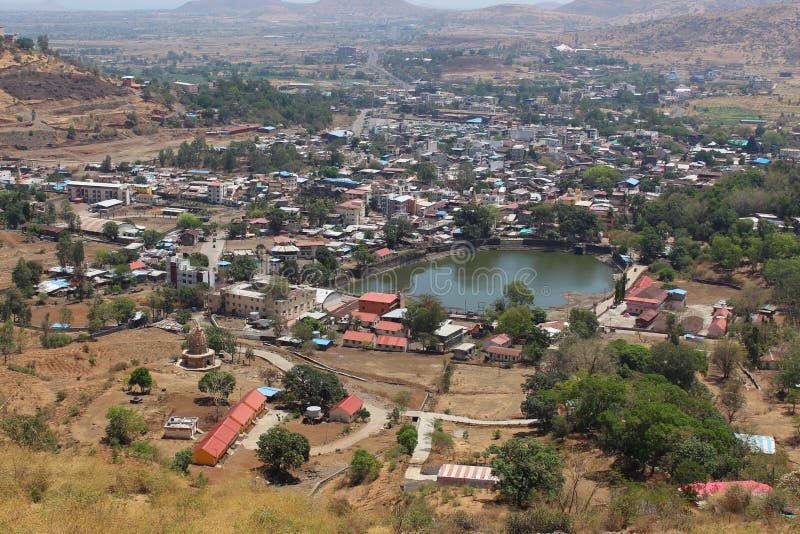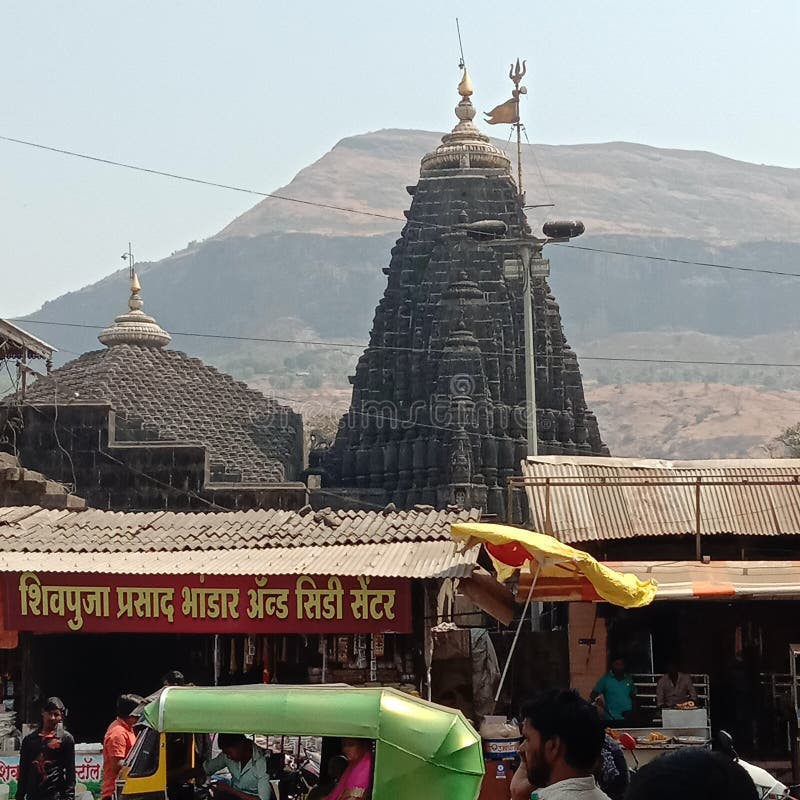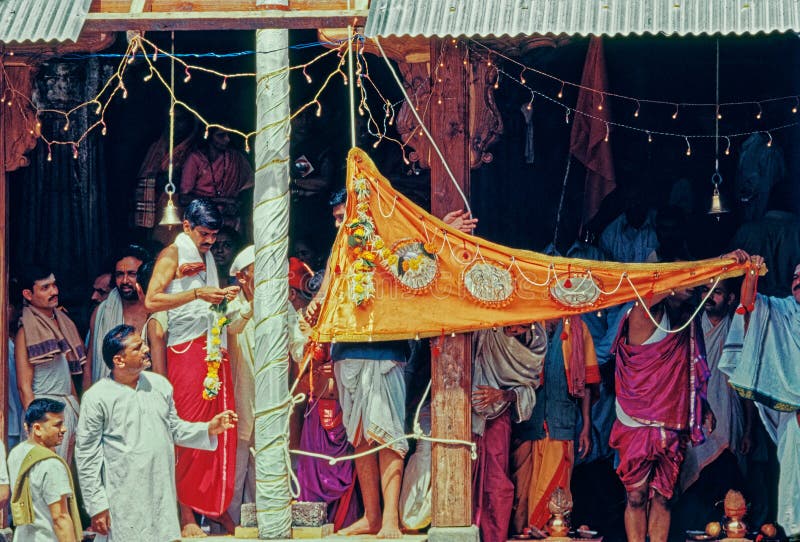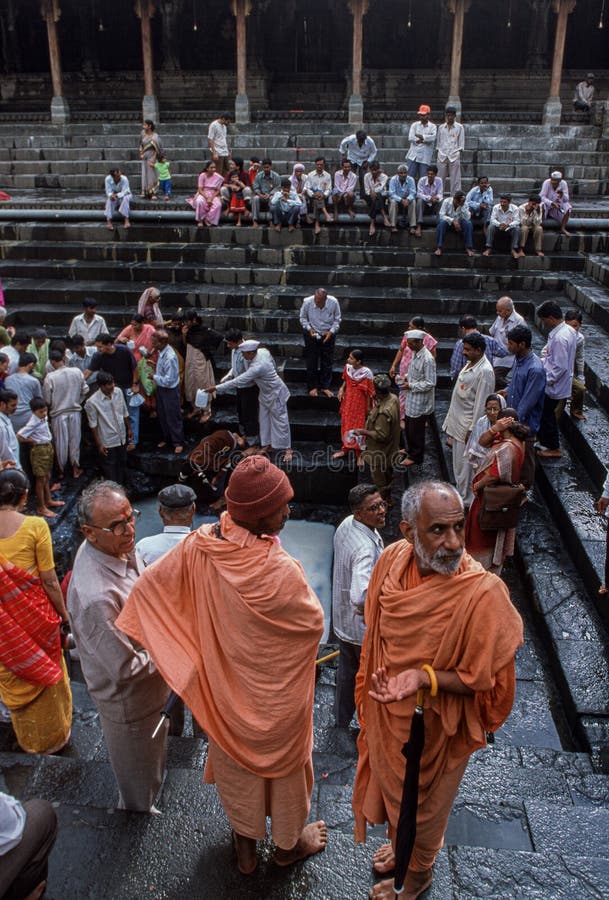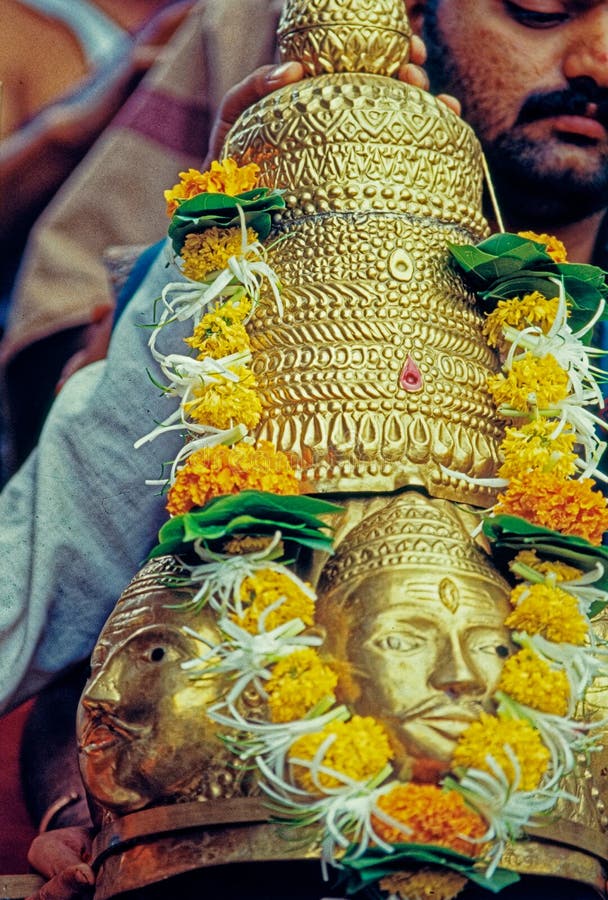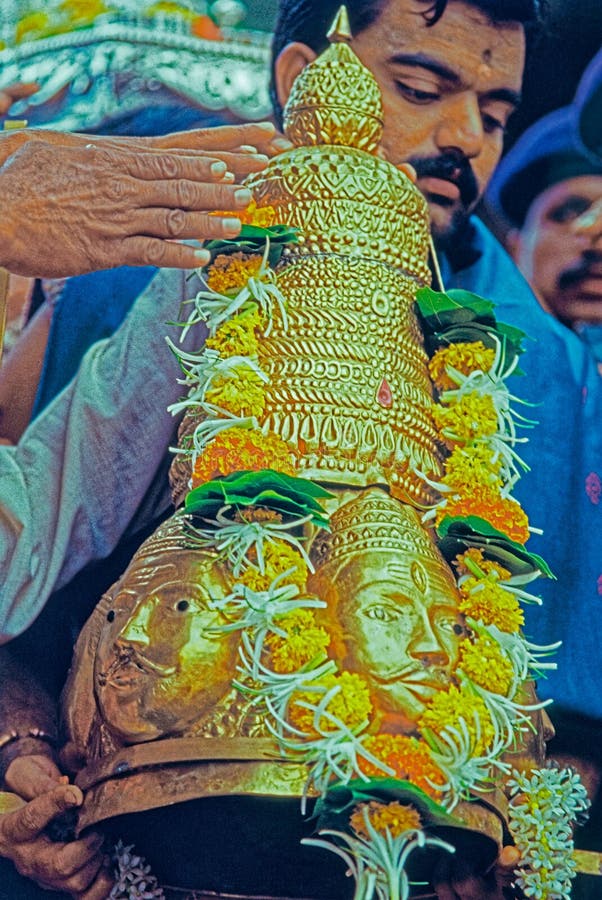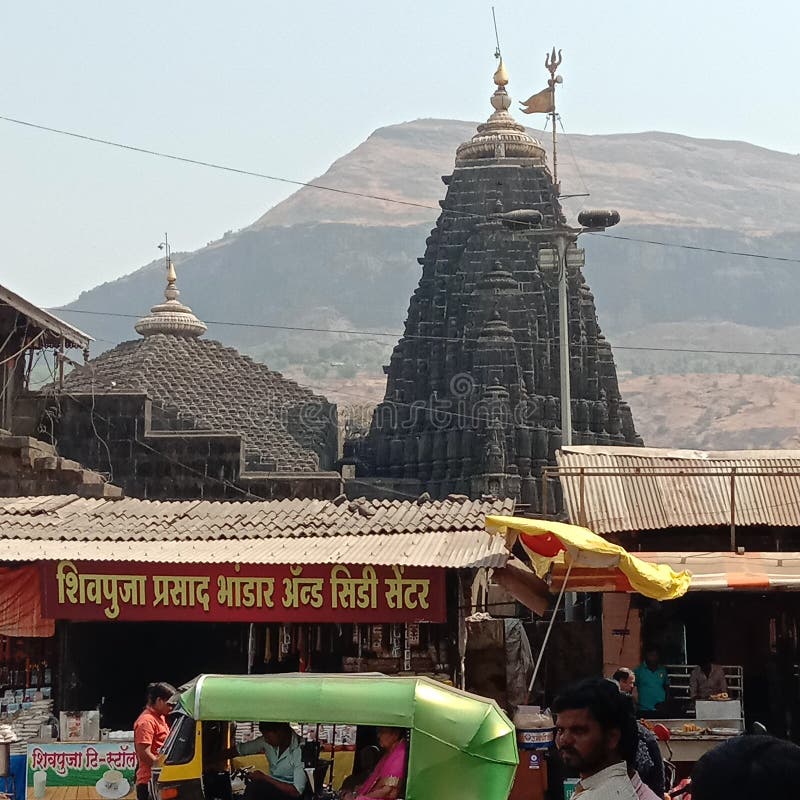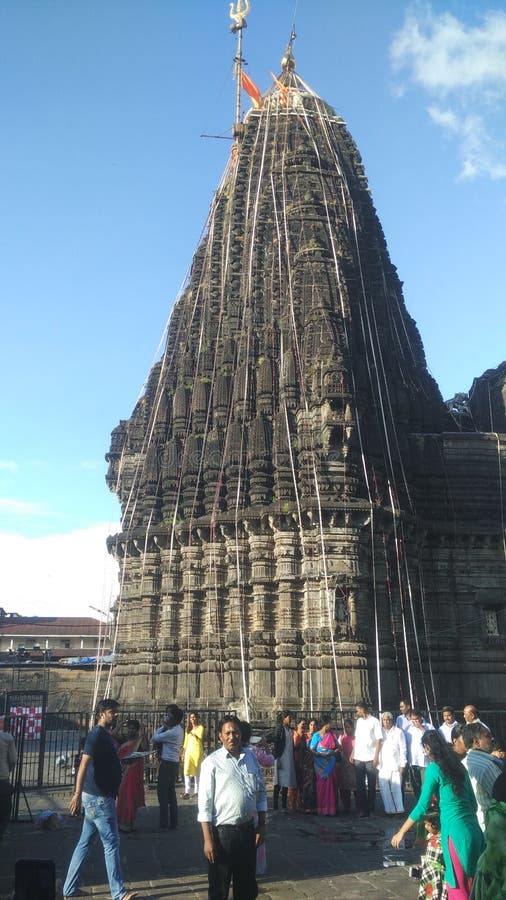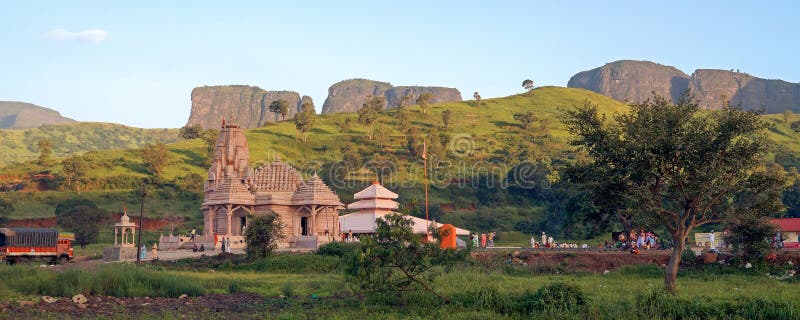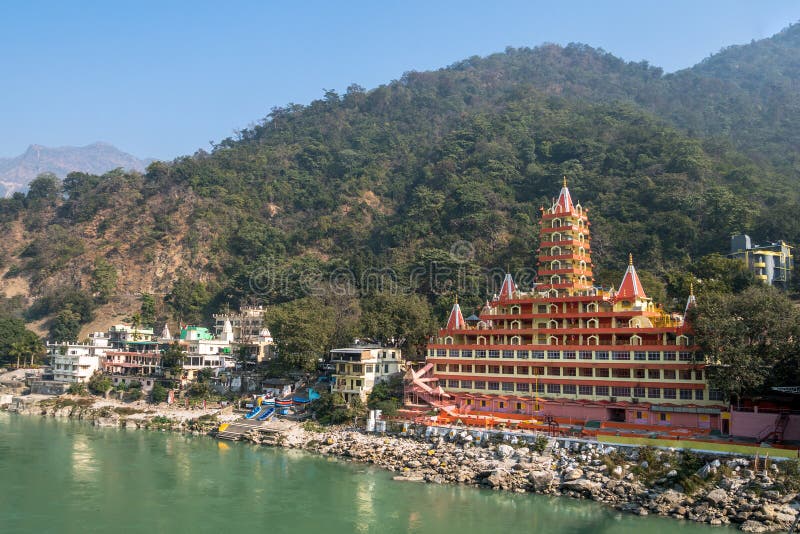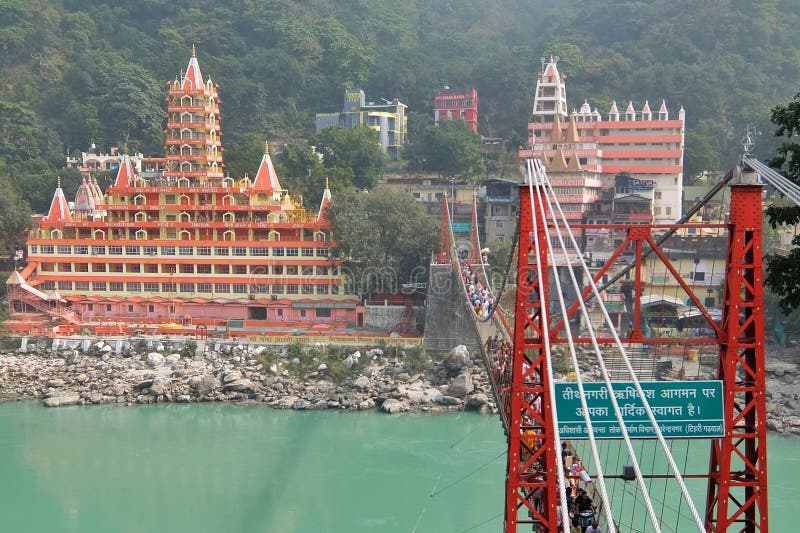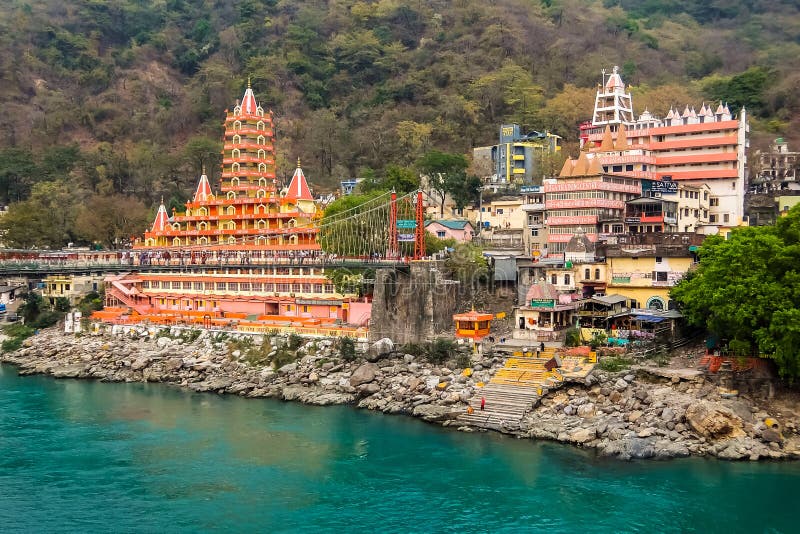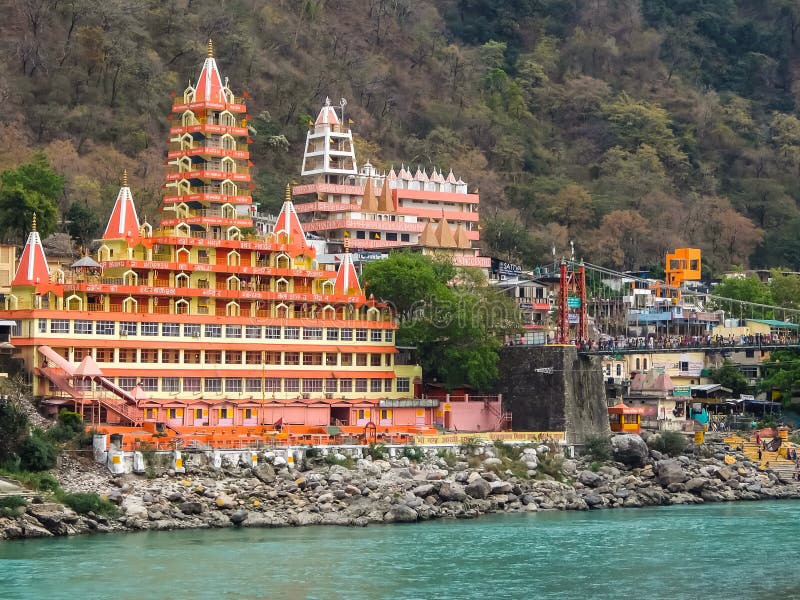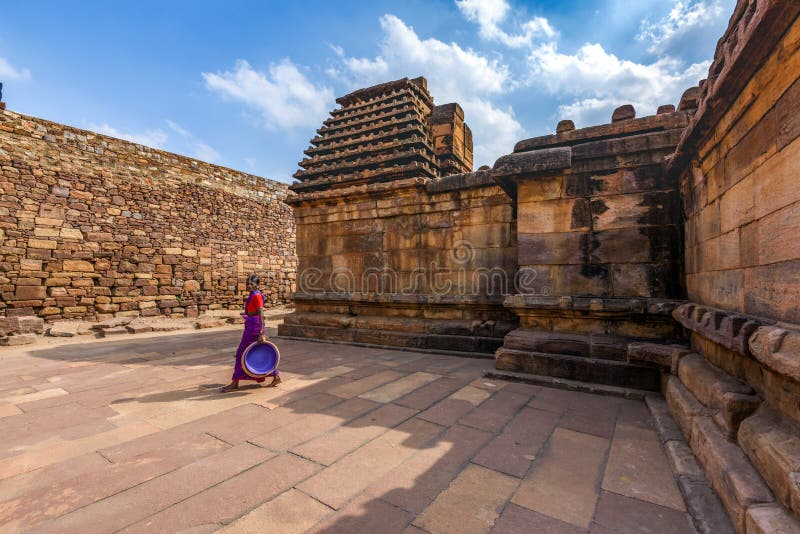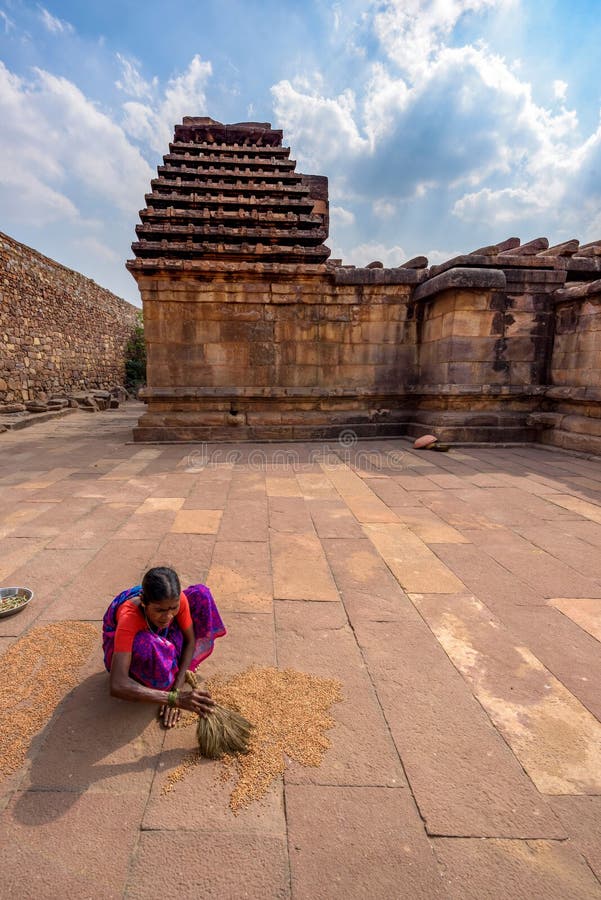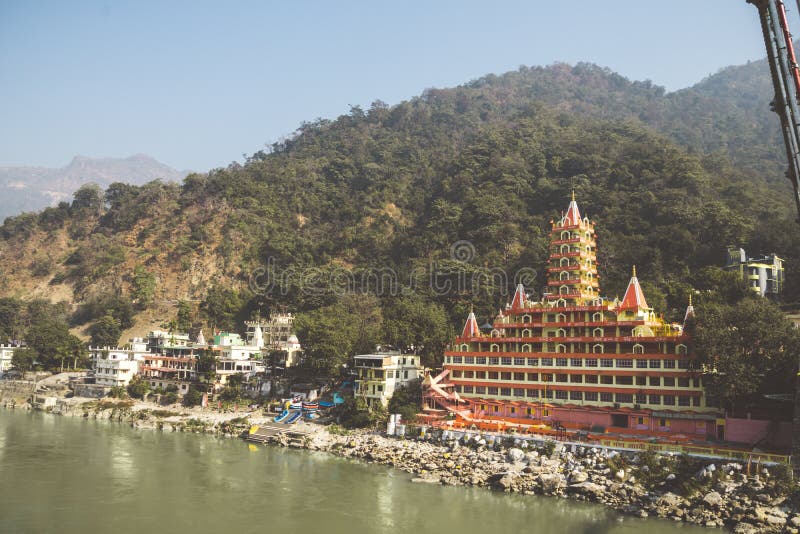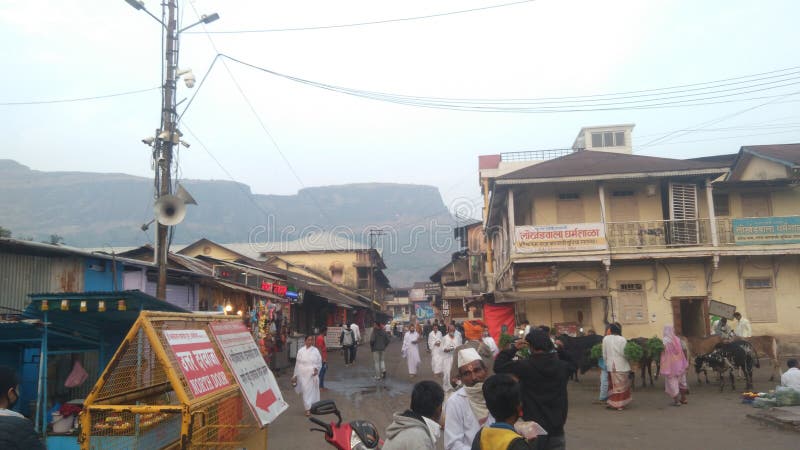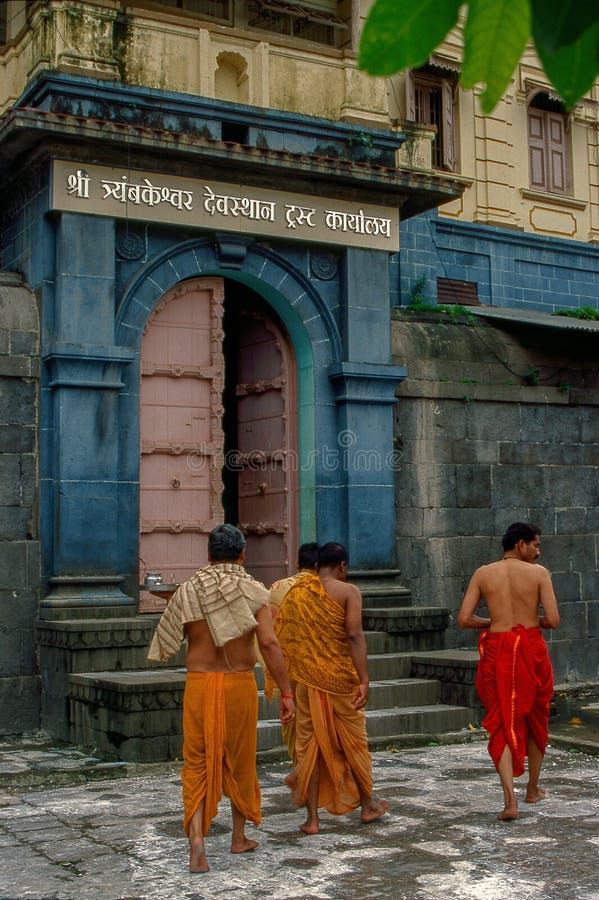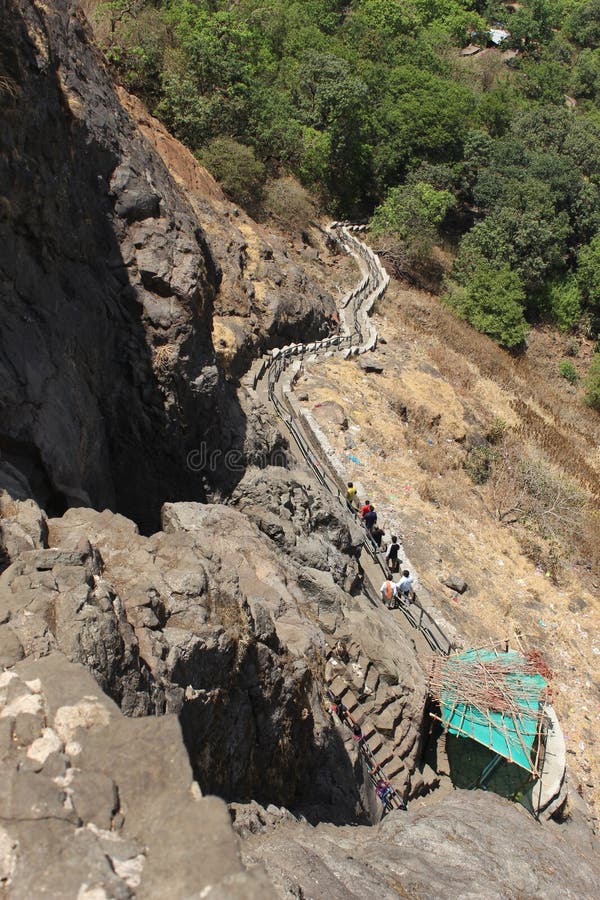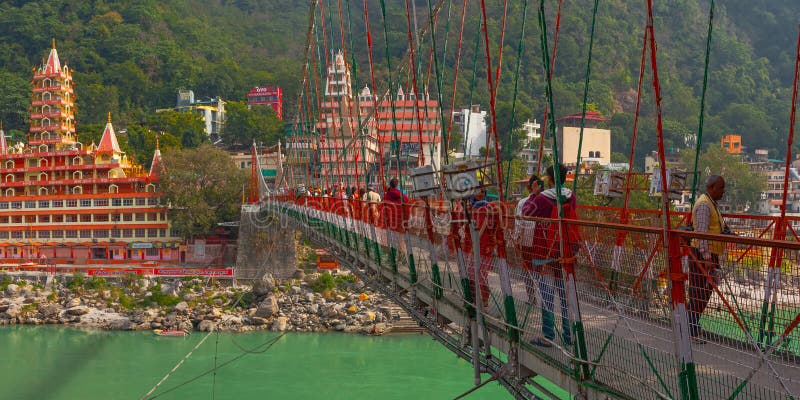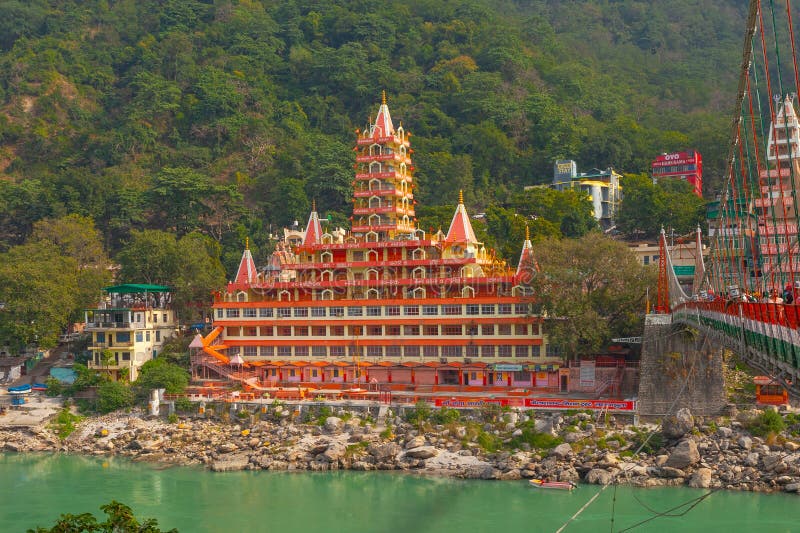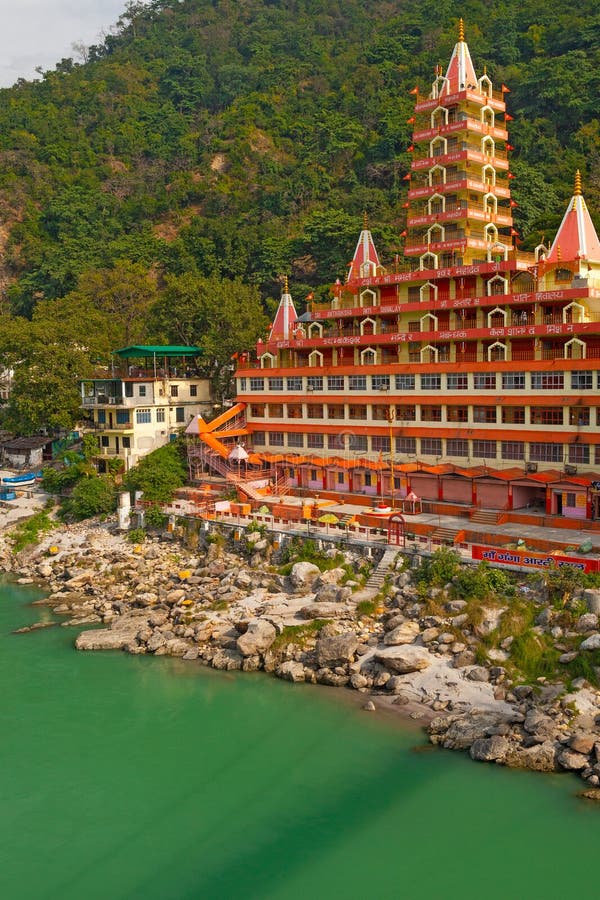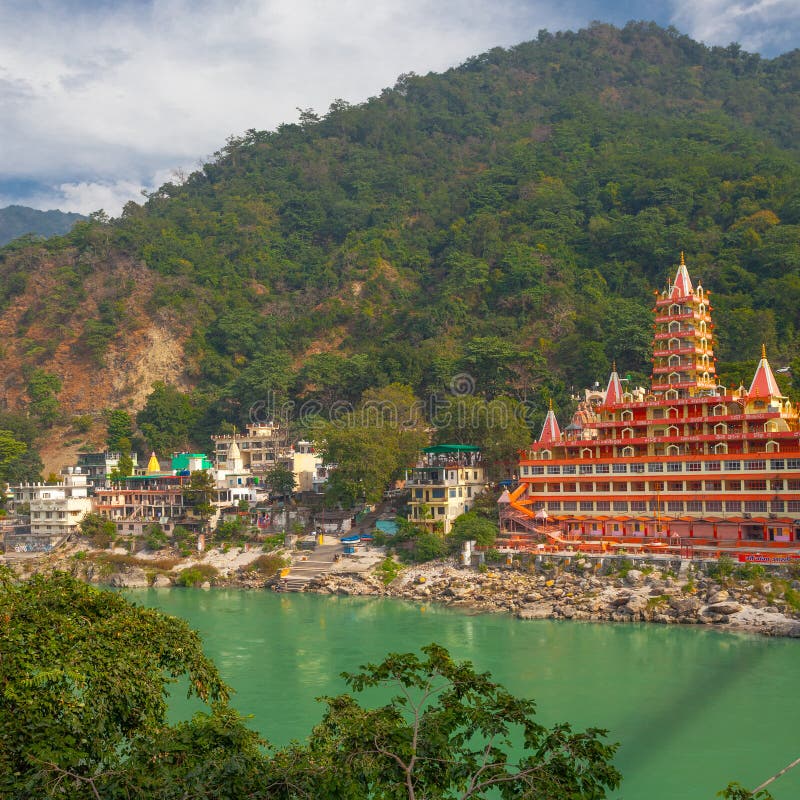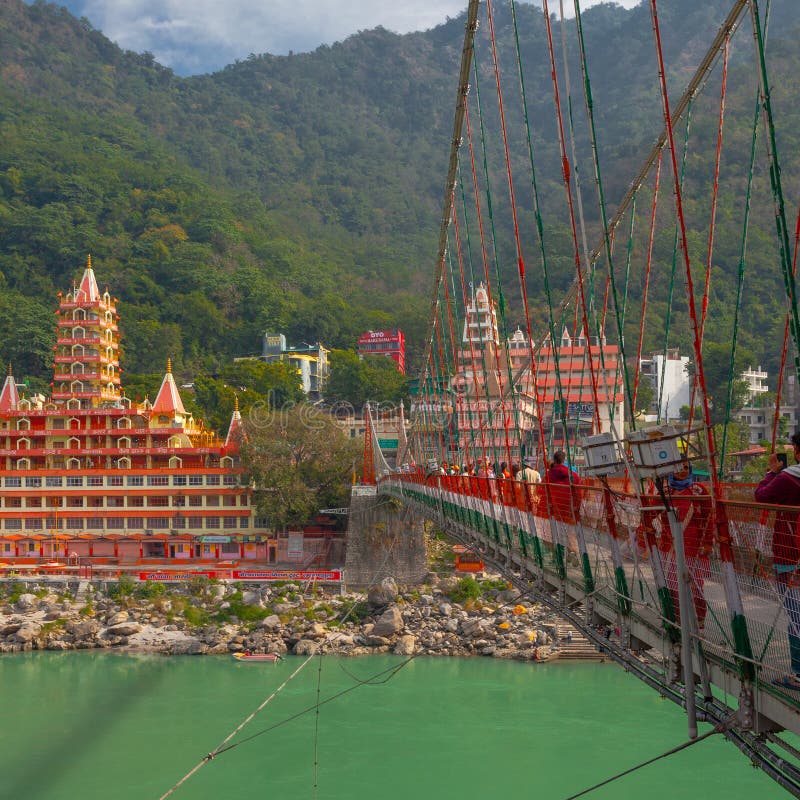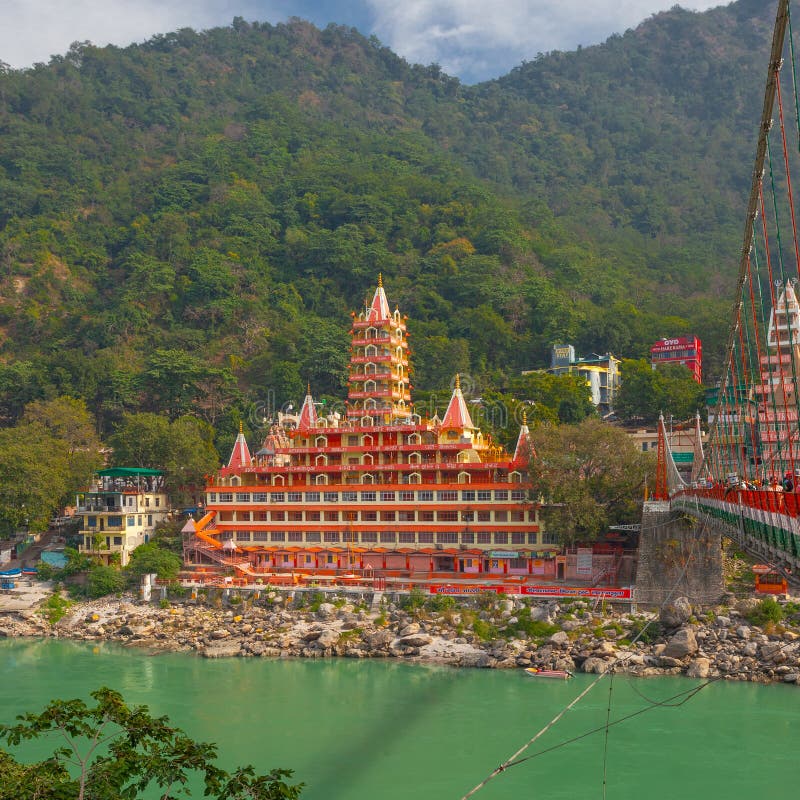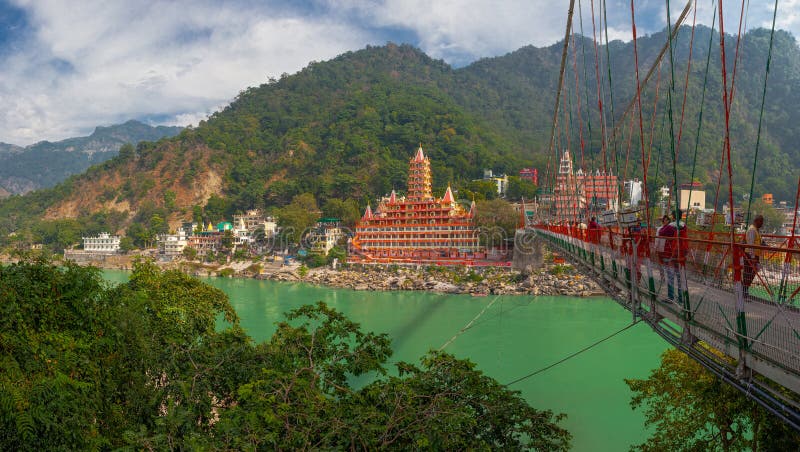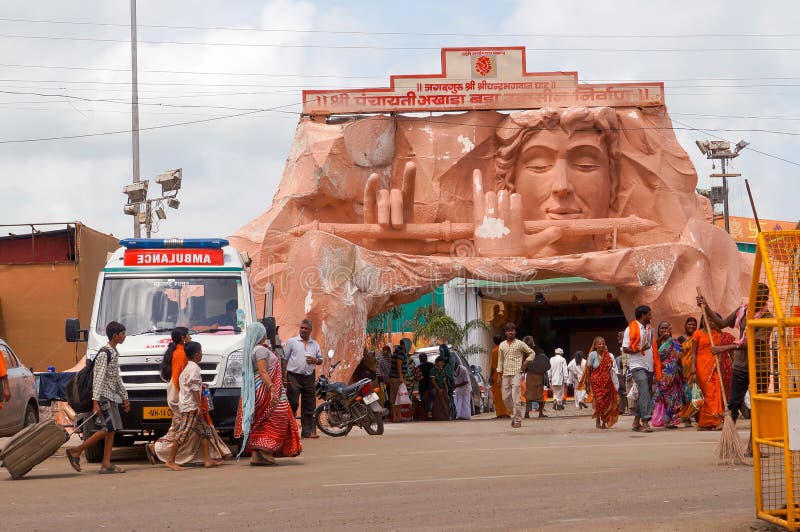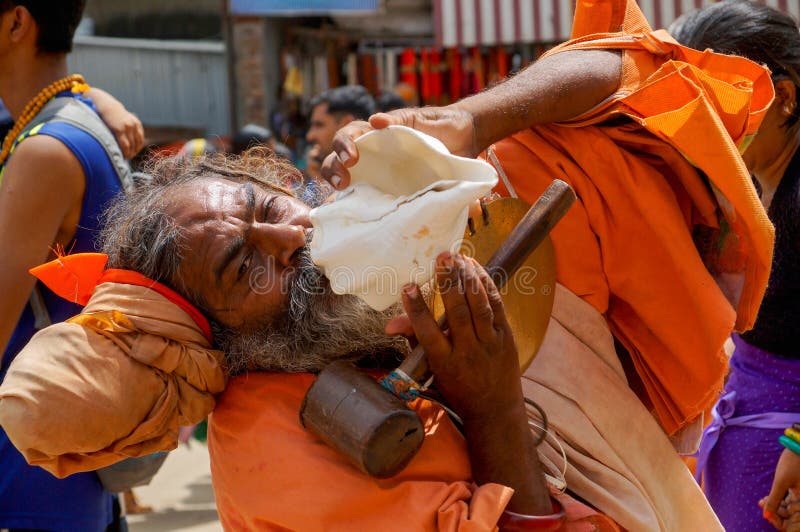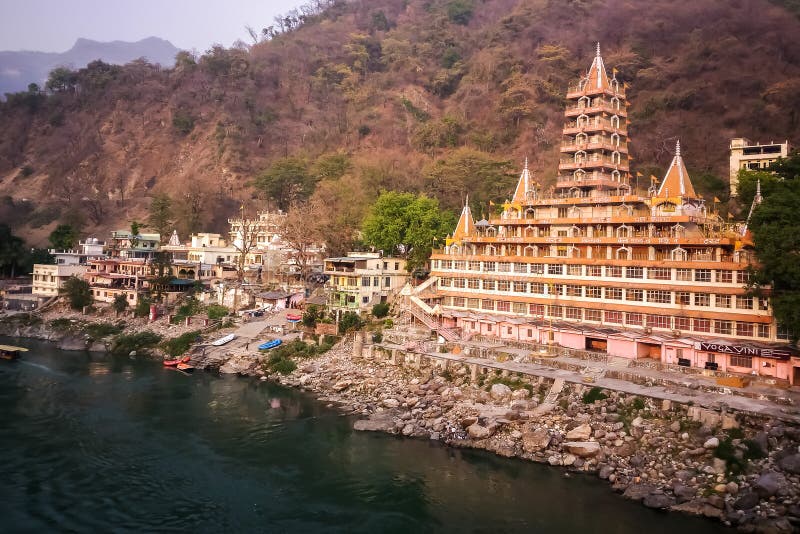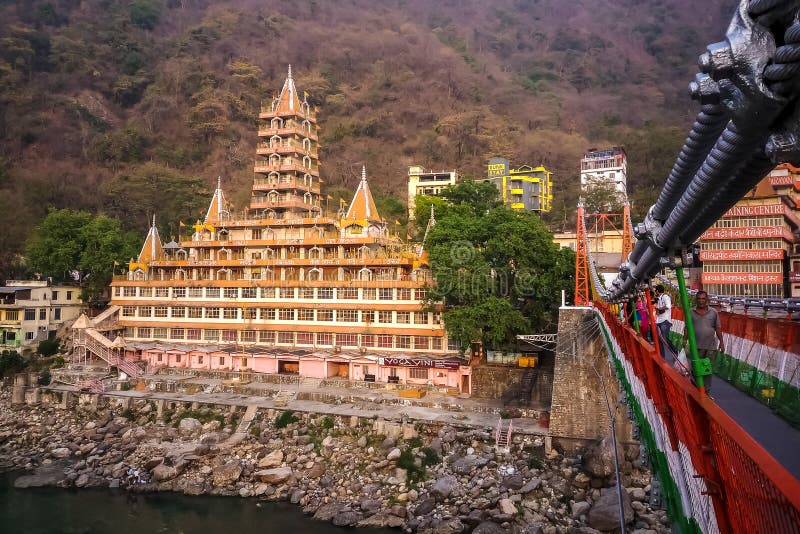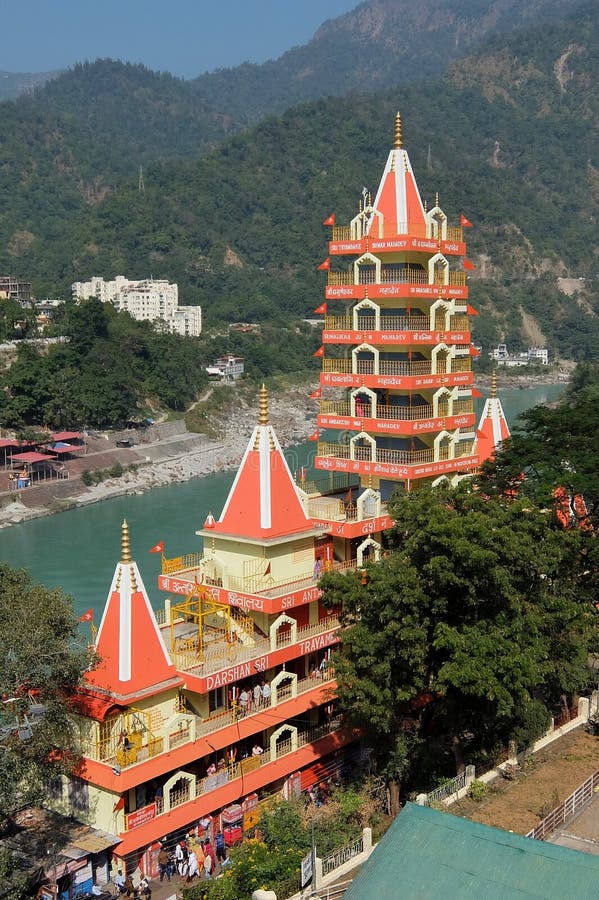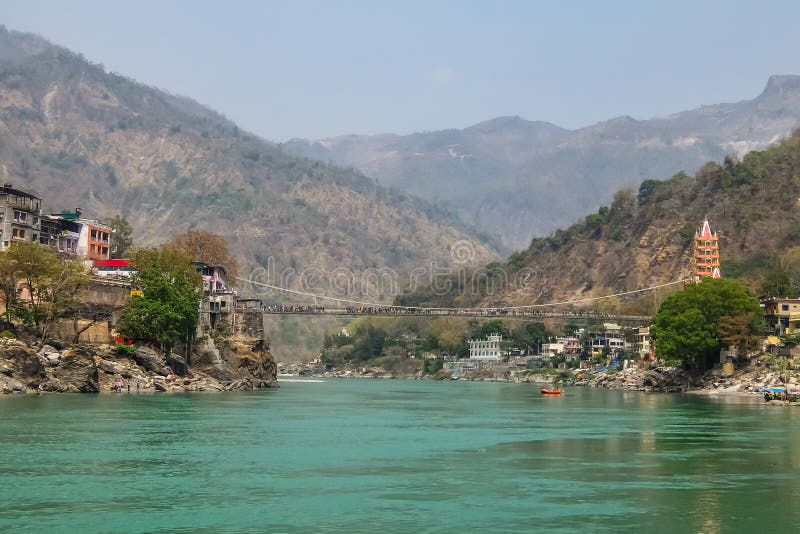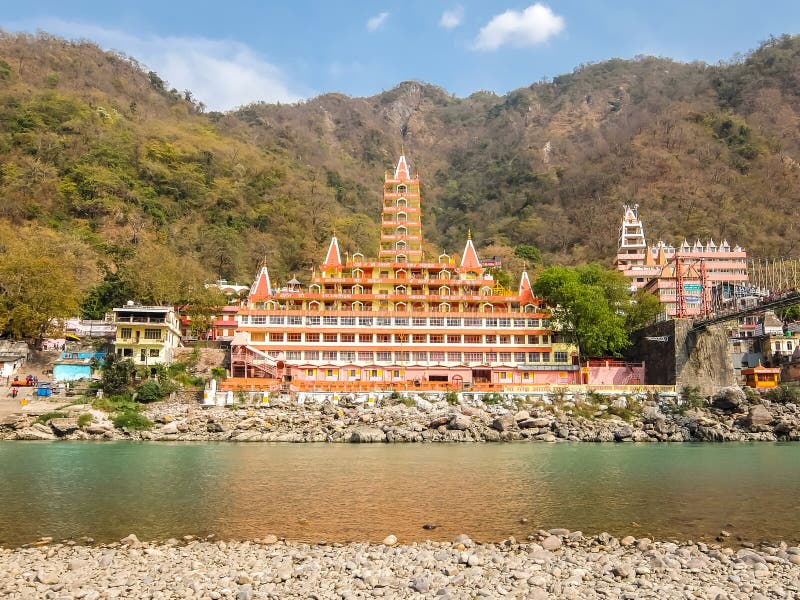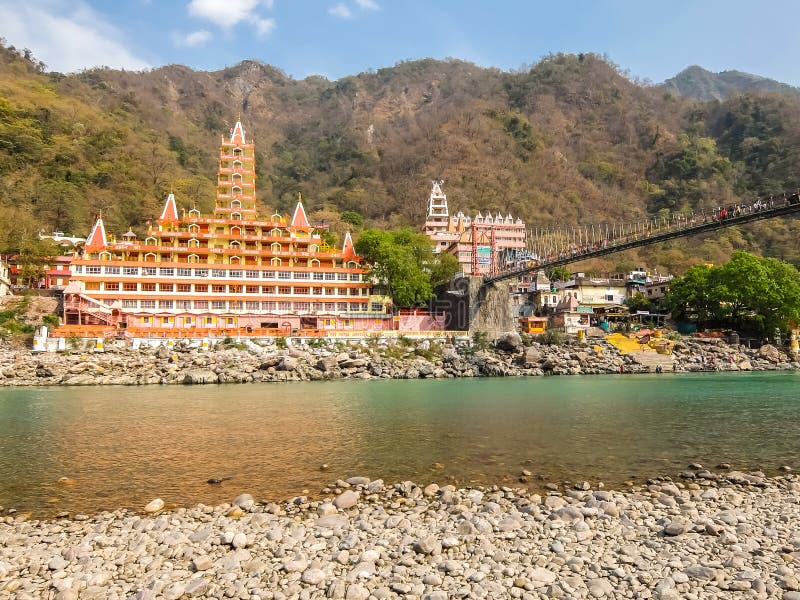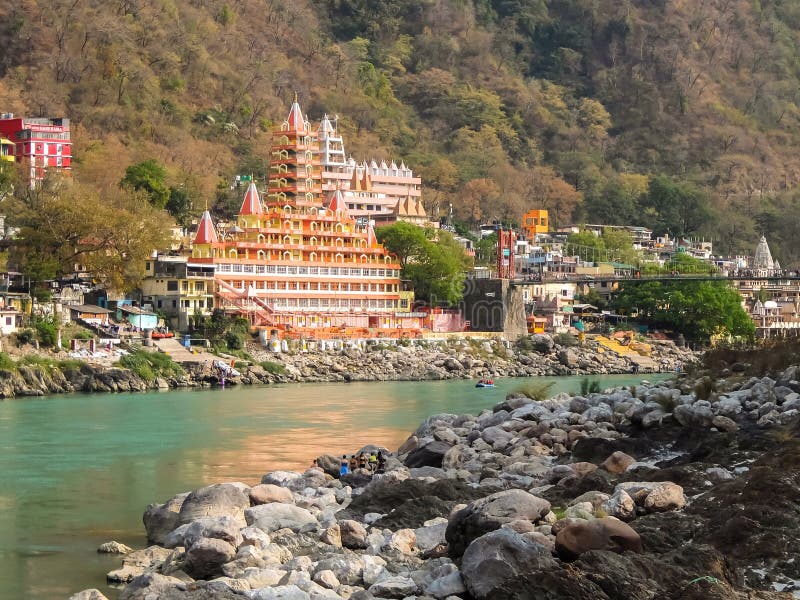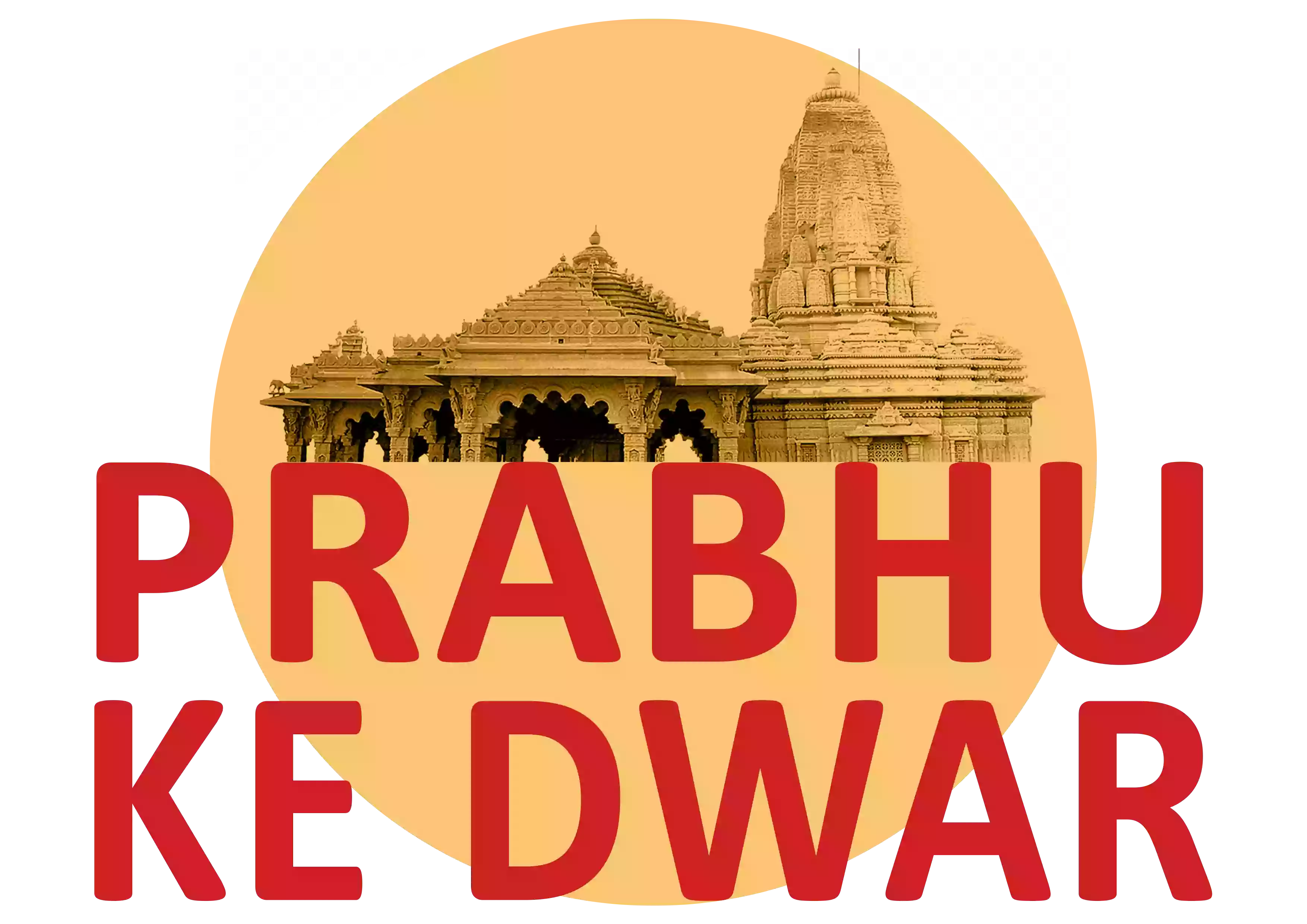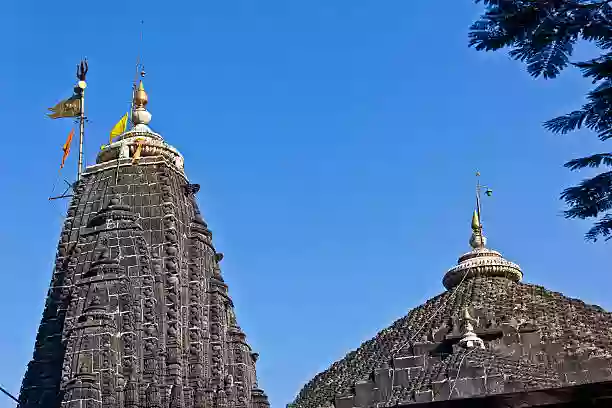Table of contents [Show]
- 1 I. Introduction
- 2 Why Trimbakeshwar Temple Is Revered: Significance & Mythology
- 3 Architectural Splendor: A Visual Feast
- 4 Rituals and Festivals: Immersive Spiritual Experiences
- 5 Visitor Guide: Timings, Tips & Best Photo Spots
- 6 Trimbakeshwar Shiva Temple Photos — A Divine Gallery
- 7 FAQs
- 8 Preserving Heritage: Conservation Efforts
- 9 Conclusion: A Pilgrimage Beyond Time
I. Introduction
Nestled on the slopes of the Brahmagiri Hills in Nashik, Maharashtra, Trimbakeshwar Shiva Temple is one of India’s twelve sacred Jyotirlingas. Renowned for its three-faced lingam representing the Hindu trinity, the temple is both an important pilgrimage site and an architectural treasure. Below you’ll find its history, mythology, rituals, practical visitor information and curated Trimbakeshwar Shiva Temple photos to help plan your visit and understand its spiritual importance.
Why Trimbakeshwar Temple Is Revered: Significance & Mythology
The Legend of the Jyotirlinga
According to Hindu tradition, Trimbakeshwar’s sanctity traces back to the Amrit Manthan (churning of the ocean), when drops of nectar fell on the Brahmagiri Hills, consecrating the site. The unique Jyotirlinga at Trimbakeshwar has three faces — symbolizing Brahma, Vishnu and Shiva — making it a rare representation of the divine trinity. For more on the trinity, see: The Divine Trinity: Brahma, Vishnu, and Shiva.
Historical Evolution
The present temple structure was substantially built during the 18th century under the Peshwas, notably Balaji Baji Rao. The design fuses Hemadpanthi influences with South Indian details. Crafted from black stone, its carvings, pillared mandapas and serene courtyards reflect centuries of devotion and skilled artisanship.
Architectural Splendor: A Visual Feast
Temple Layout and Sacred Spaces
Main Sanctum: Houses the three-faced Jyotirlinga. During evening rituals the lingam is often adorned with a crown and decorations.
Kushavarta Kund: A sacred water tank where devotees perform ritual baths; its waters are considered purificatory.
Nandi Mandapam: A majestic stone Nandi faces the sanctum, guarding the shrine.
Photography tip: Visit during the golden hour to capture the temple’s warm glow—especially during the small ritual when the lingam is adorned with a crown (late afternoon).
Nearby Attractions
Brahmagiri Hills: Short treks lead to the source of the Godavari River and offer panoramic views.
Other Jyotirlingas in Maharashtra: Consider linking your pilgrimage with Grishneshwar and Bhimashankar.
Rituals and Festivals: Immersive Spiritual Experiences
Daily Worship
Panchamrut Abhishek: The lingam is ceremonially bathed with milk, honey, yogurt, ghee and sugar.
Rudrabhishek: Vedic chants and offerings performed (commonly around early morning hours).
Major Celebrations
Mahashivratri: An intense, devotional night of music, lamps and special worship that draws large crowds. Learn more about Shivratri here: Why is Shivratri Celebrated?.
Shravan Month: Devotees carry kanwars with holy water as an offering to Lord Shiva; pilgrimage activity increases significantly.
Visitor Guide: Timings, Tips & Best Photo Spots
Practical Information
Darshan Timings: Typically early morning to late evening (check local notices for exact daily timings). Rudrabhishek and other morning rituals usually take place just after sunrise.
Special Darshan / Entry: The temple runs various darshan options (special sevas may have fees).
Best Time to Visit: Monsoon months (June–August) offer verdant surroundings around Brahmagiri Hills; festival periods provide a deeply immersive experience but can be crowded.
Tip: Dress modestly and be prepared for stairs and walking; carry minimal personal items during peak pilgrim seasons.
Top Photography Spots
Temple Facade: Capture detailed stone carvings and the spire.
Kushavarta Kund: Reflections of the temple make for serene compositions.
Brahmagiri Overlook: Panoramic shots of the temple with the Godavari valley in the background.
Trimbakeshwar Shiva Temple Photos — A Divine Gallery
Jump to Photos: <a href="#h_273308516168361715855754147">Jump to Photos</a>
Explore images that highlight:
The temple’s intricate architecture and carved details
Rituals, festivals and the devotional life during major celebrations
Lush landscapes of the Brahmagiri Hills and the Godavari river source
(Click images to enlarge.)
FAQs
Can non-Hindus visit?
Yes — visitors of all faiths and backgrounds are welcome to see the temple and its surroundings.Is there a dress code?
Modest attire is recommended out of respect for the sanctity of the site.When is the best time for photography?
Early morning light or the late-afternoon golden hour—particularly during the crown/decoration ritual—are ideal.
Preserving Heritage: Conservation Efforts
Local authorities and community groups participate in preserving the temple’s stonework and managing pilgrim flow to protect the site. Restoration of carvings and sustainable visitor management are ongoing priorities to maintain Trimbakeshwar’s spiritual and cultural legacy.
Conclusion: A Pilgrimage Beyond Time
Trimbakeshwar Shiva Temple combines deep mythological significance, distinctive architecture and a peaceful natural setting. Whether you come for blessings, history, photography, or to trace the source of the Godavari, this Jyotirlinga offers a profound and unforgettable experience. Explore our visual gallery of Trimbakeshwar Shiva Temple photos to preview the journey.
Explore More
Featured on Pinterest:Trimbakeshwar Temple Photos
Photos :

